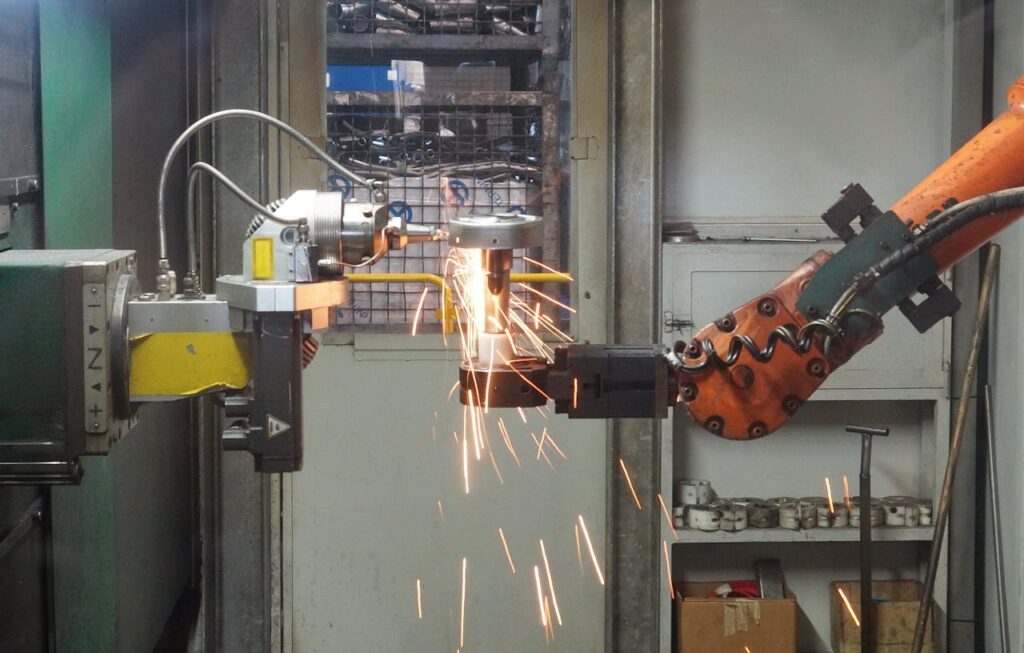In recent years, robotic welding automation has changed the game for the manufacturing sector and drawn individuals from varying backgrounds to its numerous benefits. While such cutting-edge technology is a driver of change, it has the potential to increase productivity concurrently with streamlining operations. The forces behind this revolution are precision and consistency, higher productivity, enhanced safety, cost effectiveness, and versatility. Here, we explore the five compelling reasons why businesses are welcoming robotic welding automation and creating a future where excellence is the standard as well as obstacles are just things to be overcome.
1. Consistency and Precision: An Ideal Welding Partner
Welding is a challenging full-time job that demands nonstop accuracy and precision. You know that human welders can be fallible from time to time, regardless of their vast experience, which might cause the welding quality to differ. Introducing robotic welding automation, your powerful assistant that always does a wonderful job. With their unerring precision, these robotic systems make sure that every weld satisfies the strictest requirements for consistency and quality.
2. Enhanced Productivity: Optimising Production and Reducing Downtime
Robot welding automation is about how time means money to manufacturing businesses. It gives companies a competitive edge in an industry with ever-increasing demands for outputs. There is no need for breaks as well as shift changes because these automated systems operate nonstop. Through the elimination of human limitations, businesses can increase output dramatically while reducing expensive downtime.
3. Enhanced Security: Safeguarding the Labor Force
Working in the welding industry can be dangerous because it exposes employees to a variety of risks, such as extreme heat, strong light and exposure to dangerous gases. By taking over the riskiest jobs, robotic welding automation removes these hazards alongside creating a safer working environment for human employees. Robots will take care of the risky parts of welding, freeing up people to concentrate on more strategic and low-risk jobs that will promote workplace safety.
4. Cost-Effectiveness: Optimising Profits, Reducing Outlays
Robotic welding automation is a significant investment, but the benefits it offers in the long term exceed the initial costs. Indeed, the amounts of money saved with time are just huge, as the machines require less maintenance due to fewer problems, use less energy, as well as waste fewer materials. Additionally, companies may be able to reduce insurance premiums and workers’ compensation expenses by reducing the need for human labour in dangerous welding tasks.
5. Flexibility and Adjustability: Fulfilling Various Welding Requirements
Robotic welding automation is a versatile technology, meaning that it can cover a wide spectrum of welding activities. That is to say, it is not restricted by a single possibility. Namely, automata can be set and adjusted to handle complex or alongside fragile welding activities, as well as those of a more enormous industrial scale. As a result, firms can satisfy the diverse demands of various clients and stay one step ahead of their competitors in a rapidly evolving market.
Conclusion
Robotic welding automation is a truly great example of the most interesting recent innovation in the production sector, and it seems clear that people should at once profit from the revolutionary perspective. Through the utilisation of accuracy, efficiency, security, economy, as well as adaptability, companies can open up new vistas for growth and advance toward robotic welding systems in a time when greatness is the standard and constraints are just challenges to be
